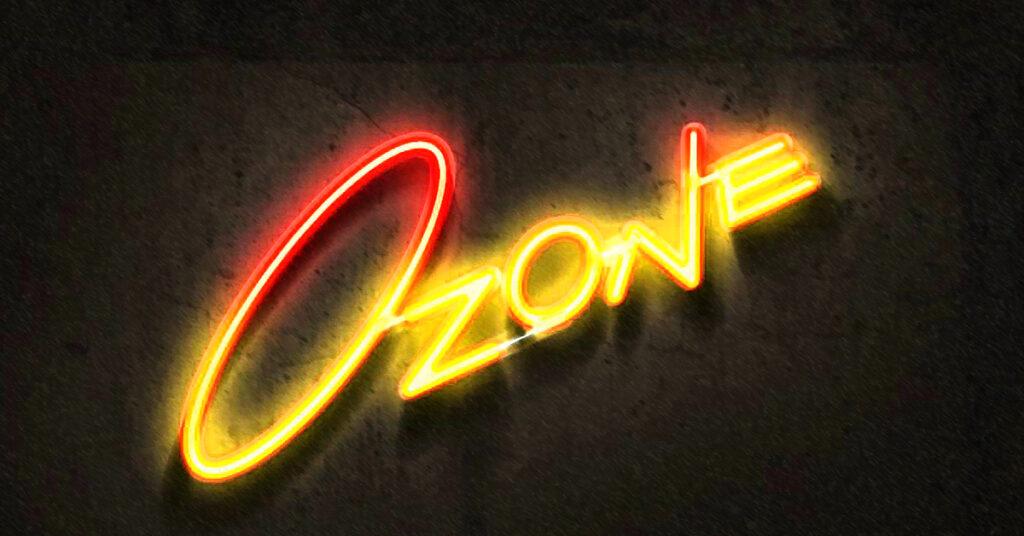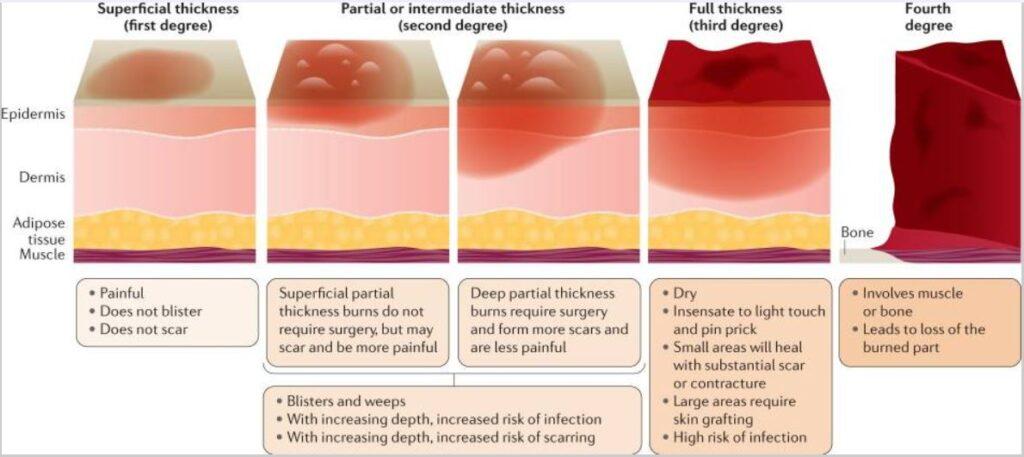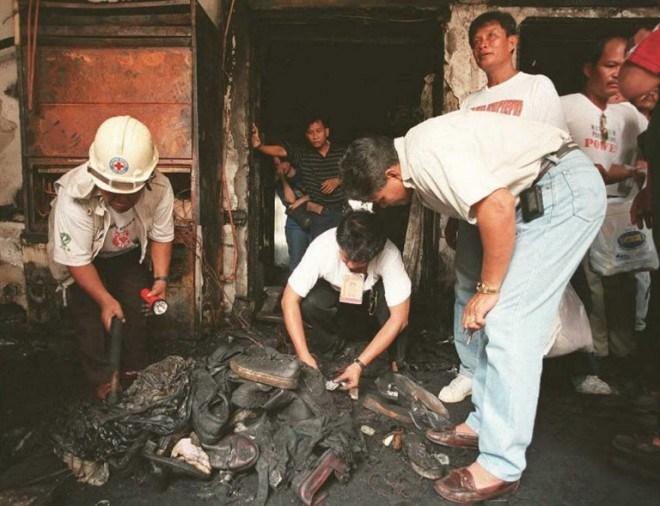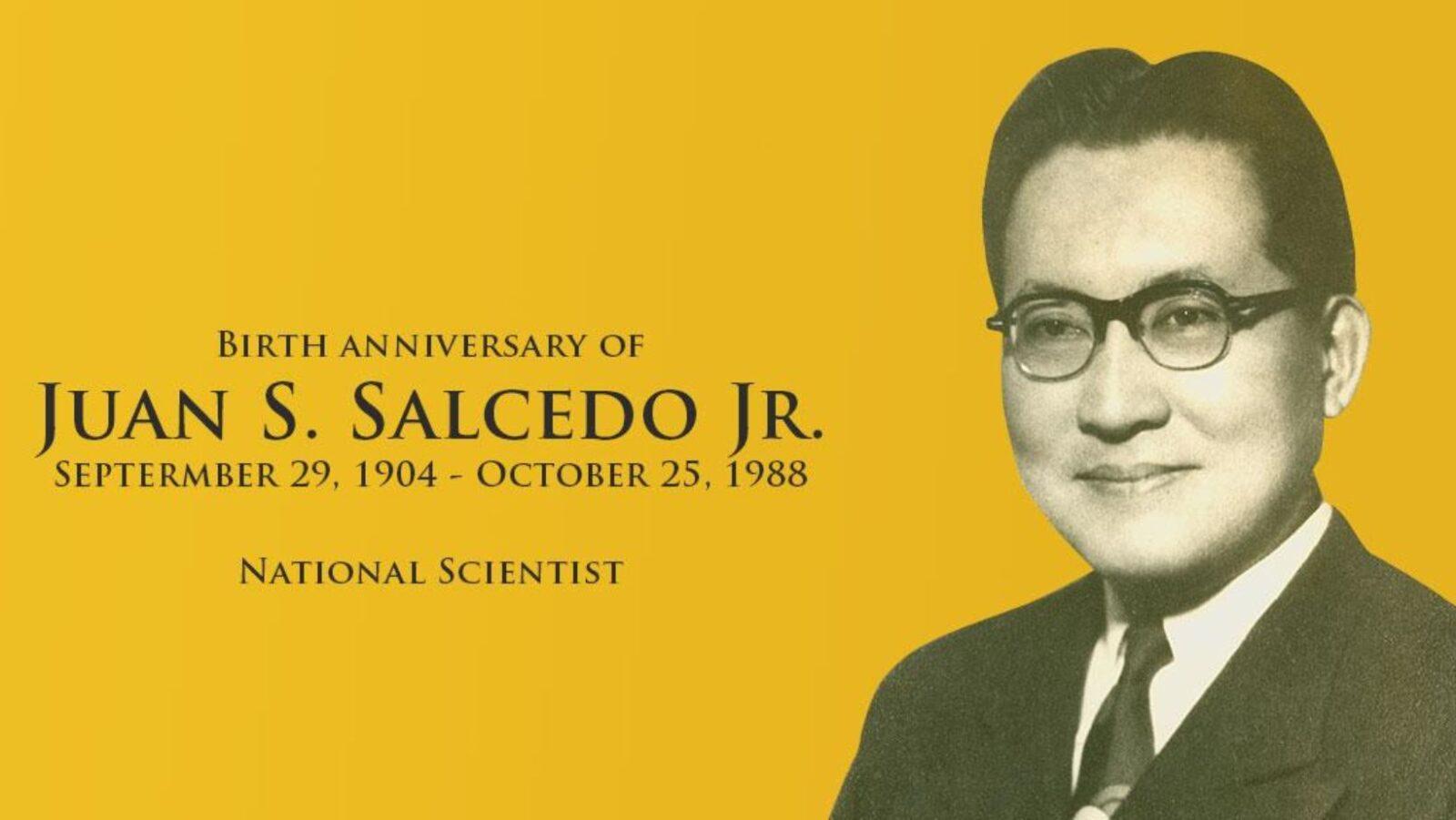
Three decades ago, a businessman had an idea.
Hermilo Ocampo had just purchased an abandoned building at the corner of Tomas Morato and Timog Avenue in Quezon City, along with the land it stood upon. It used to be filled with music and life; from 1978 to 1990, it was the site of a popular jazz club originally called Birds of the Same Feather (rebranded and relaunched as Birdland halfway through its existence).
Ocampo, the president of Westwood Entertainment Company Inc., reportedly bought the property for residential purposes. However, the entrepreneur also saw an opportunity to capitalize on the increasingly popular trend of electronic music in the Philippines, since the structure was already a well-established entertainment spot.
And so, after attracting investors, Ocampo had the building renovated, quickly transforming it into what would become one of the most popular nightclubs of the early ‘90s. It would eventually come to light that a number of crucial steps were skipped in the process. Back then, though, the general public, especially nightlifers, knew only one thing:
Ozone Disco was the hottest place to be.

It’s safe to say that for many of Ozone Disco’s patrons, the biggest draw was the low barrier to entry. Aside from meals and drinks at affordable prices, the club also slashed 50% off the cover charge on Mondays. This made Ozone Disco a popular haunt for young partygoers, especially those looking for a place where they could hang out and forget their academic woes.
And March 18, 1996 was a particularly special Monday, as it marked the end of the school year for many students. Joining in the celebratory mood, Ozone Disco offered a graduation promo; some who were there said that drinks were at half price, while others said that the club completely waived its entrance fee.
Either way, the promo was effective. That night, about 350 patrons and 40 employees partied the night away within the walls of the 50-square-meter club—an area that could only safely hold up to 35 people. It was tantamount to cramming 390 people into a two-bedroom condominium unit.

Because of its limited dimensions, every inch of Ozone Disco was intended to maximize its patrons’ partying experience.
The DJ booth was located in front of the dance floor, next to a storage room for technical equipment. The ceiling was reportedly adorned with decorative egg cartons, and the walls around the DJ booth were lined with acoustic foam for noise and sound control. At the side was a semi-circular bar, with tables and chairs for patrons.
Ozone Disco also had a mezzanine, an elevated platform about halfway between the ceiling and the floor. It functioned somewhat like an indoor balcony, where customers could stand for a better view of the dance floor. According to some accounts, this was hastily added to accommodate the influx of guests that management was expecting on the night of their graduation promo—an extension constructed sans any city permits or inspections.
The venue had only one emergency exit next to a VIP room, which led to the kitchen of an adjoining restaurant. To get to the dance area, guests had to enter through the building’s main doors, then through another door.
Curiously, the doors opened inward, meaning they had to be pulled, not pushed, for anyone to get out. The owners believed that this configuration would send money and good fortune flowing into the club, based on feng shui.

Given the club’s capacity, the first hint of trouble that night should have been the sheer number of guests. The next sign came at approximately 11:45 PM: a flash of light from the feet of disc jockey Mervyn Reyes.
Thinking that this was merely part of the club’s special effects display, the patrons partied on, oblivious to the danger that was imminent. In a matter of seconds, the spark traveled all the way to the ceiling, with the decorative elements around the DJ booth serving as accelerants.
By the time Reyes realized what was going on, the wires above him were already aflame. “I tried to announce there was a fire, but the microphone stopped working,” Reyes said in an interview with The Independent.
Moments later, the music was interrupted by a series of explosions. A girl from the crowd screamed, and chaos erupted. Almost as if on cue, the ceiling burst into flame, becoming a literal firewall that crashed down on their heads. The flimsy light fixtures collapsed along with the entire mezzanine, crushing the people standing beneath them.
Within 15 seconds, the lights and electrical systems gave way. The club was engulfed by smoke and darkness, illuminated only by the raging flames.

A stampede formed, making it increasingly difficult for anyone to escape. Fearing for their lives, the patrons frantically made their way to the door—and the lethal consequences of prioritizing Chinese geomancy over common sense quickly became apparent.
The people who somehow managed to make it out of the main area found themselves dealing with the building’s main inswing doors. Because of the way the doors opened, the crowd was effectively blocking their own way out.
There were also some reports indicating that the guards outside the building heard the commotion from within the club. Thinking that there was a riot taking place, they allegedly locked the doors.
Regardless, the panicking patrons were eventually able to open the doors—but they weren’t prepared for what came next.

Inside a burning building, the flames themselves aren’t the only threat.
There’s the seemingly endless supply of smoke, for starters. Depending on the materials used in creating and outfitting the structure, the resulting smoke from a building fire can be a cocktail of extremely toxic and asphyxiating substances.
In an enclosed space, most of the smoke coming from a fire tends to be carbon monoxide. This odorless, colorless, and tasteless gas is the result when wood, oil, coal, and other fuels do not burn completely. For example, as a fire rages on inside a building, it uses up the oxygen in the air and replaces it with carbon dioxide. As the compound accumulates in the air, it prevents the fuel from fully burning up, prompting the release of carbon monoxide. When you inhale it, carbon monoxide poisoning takes place, replacing the oxygen in your red blood cells and rapidly causing potentially fatal damage to your tissues.
Hydrogen cyanide is another serious hazard. Similarly, it is the byproduct of natural fibers (like cotton and silk) and synthetic polymers (like polyurethane and some types of foam rubber) that aren’t completely consumed by fire. Since these materials are typically used in building construction and insulation, hydrogen cyanide gas is quite common in building fires. At high concentrations (more than 300 mg/m3), exposure to hydrogen cyanide gas can kill within minutes.
And then there’s the phenomenon called backdraft (or backdraught). At some point, a fire inside a building will use up all the available oxygen. In this situation, the superheated gases can abruptly explode into a ginormous fireball when a sudden rush of oxygen comes in.
Like when two inswing doors suddenly open, for instance.

In an interview with Esquire, survivor Sherilyn Bruan described the backdraft as something akin to a tidal wave of heat. “The impact was so strong, everyone in the hallway was hit and fell down.”
Bruan was one of the fortunate few who managed, with much effort, to exit the building alive. It was sheer determination that helped her crawl through the hallway, past those who were injured, incapacitated, and deceased, all the way to safety. She did not even realize the extent of her injuries until bystanders across the street advised her to seek medical attention.
Typically, when you find yourself in a life-threatening situation like the Ozone Disco fire, the adrenal glands, a pair of triangular glands located above your kidneys, produce the hormone adrenaline (or epinephrine). Adrenaline, which is also produced by some neurons in the medulla oblongata, triggers your fight-or-flight response to help you escape from danger. When it kicks in, your blood sugar level rises, the blood flow in your muscles increases, and your heart beats faster. You experience a temporary boost in your strength and reaction time, as well as a decrease in your capacity to perceive pain.
Bruan and her friends, who also made it out alive, were treated at the De los Santos Medical Center, about 3 km away. It was only there, while she was being treated at the emergency room, when she began to feel the injuries on her hands, arms, and back. About 30% of her body had sustained second-degree burns. “It was really painful.”

Heat, overexposure to the sun, nuclear radiation, or chemical or electrical contact are all capable of damaging human tissue. The deeper the burns are on the skin, the longer it will take for them to heal. Minor burns like mild sunburns or touching a hot stove affect only the top layer of the skin; they typically heal by themselves.
Second-degree burns go past the epidermis and reach the dermis; they require a skin cover, or skin graft, to help facilitate healing, and may leave a permanent mark on the skin. Meanwhile, third-degree burns always require skin grafts in the healing process. They do thorough, lasting damage on the skin’s outer and inner layers, sweat glands, blood vessels, and hair follicles, and even pain receptors. Thus, the injury itself doesn’t hurt, because the biological structures that would normally enable you to feel it have already been burned down to nothing.
Serious burn injuries typically need plastic surgery to aid the recovery process and remedy the scars. In most cases, the skin never goes back to how it used to look. The more severe the burn, the higher the risk of infections, disfiguration, and other complications. Some patients experience greatly impaired mobility, requiring years of physical therapy to help them recover.
The deepest burns can obliterate fat, muscle, and even bone. In some of these cases, the victim must be amputated to save their life.
And of course, there’s the psychological trauma that typically comes with surviving such tragic incidents. Research has shown that the effects of severe burns on the psyche—which may include depression and post-traumatic stress disorder (PTSD)—can last for years, even with therapy.

As those who were fortunate enough to survive made it out of the club, firefighters struggled to pull out the bodies of those who weren’t. Many of them were charred beyond recognition; some had even been fused together. Responders reportedly shared shots of gin, just to avoid being demoralized and enable them to continue with the grueling task at hand.
With an official death toll of at least 162, the Ozone Disco fire bears the infamous distinction of being the worst fire in the country’s post-World War II history. The previous record-holder was from 1977, when a hotel fire in Manila claimed 47 lives.
At one point, the Ozone Disco fire was even considered the sixth deadliest nightclub fire in the world.
Over the years, much has been said about why Ozone Disco turned out to be so deadly. Subsequent investigations revealed critical flaws and oversights: the absence of fire sprinklers, defective fire extinguishers, an inadequate fire exit, and other evidence pointing to non-compliance with standard fire safety regulations. Somehow, the expedited construction process managed to bypass inspections and proper permit acquisition. Legally, Ozone Disco should not have been allowed to operate in the first place.
The lack of any nearby fire hydrants made matters worse, greatly hampering the firefighters’ capacity to respond. According to fire officer Moises Marcelo, it took two hours to put out the fire.
All of these, on top of the overcapacity and poorly designed doors, contributed to Ozone Disco becoming a full-on firetrap.

A makeshift memorial stood on the site for many years, commemorating the lives that were lost that night. The survivors and the bereaved found solace in one another, forming the Justice for Ozone Victims (JOV) Foundation Inc.
After a legal battle that spanned 18 years, Ocampo, his fellow Westwood stockholder Ramon Ng, and seven city officials were convicted of graft and sentenced to up to 10 years of imprisonment. To this day, some of the officials continue to hold government positions.
In 2015, the dilapidated building was finally demolished. Since then, the spot has been occupied by a branch of a Philippine-based fast food chain.

A quarter-century has passed since the Ozone Disco fire, an incident that has left a lasting scar on the history of the Philippines. That it happened in March, the government-mandated Fire Prevention Month, is just one of the many unfortunate and uncomfortable facts about the tragedy.
Due to the COVID-19 pandemic, Filipinos were forced to stay indoors for the majority of 2020. According to the Bureau of Fire Protection (BFP), about 14,000 fire cases were reported last year. They mentioned open torch flames, unattended cooking, candles, cigarette butts, and electric wiring as some of the primary causes.
In the years to come, the Ozone Disco fire will continue to remind us of the consequences of greed and negligence, as well as the very real dangers of fire. Hopefully, it will be more than enough to ensure that the Philippines will never see anything like it again.
Author: Mikael Angelo Francisco
Bitten by the science writing bug, Mikael has years of writing and editorial experience under his belt. As the editor-in-chief of FlipScience, Mikael has sworn to help make science more fun and interesting for geeky readers and casual audiences alike.









